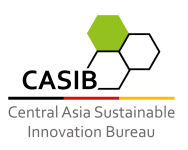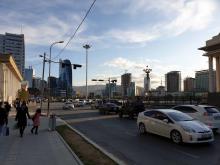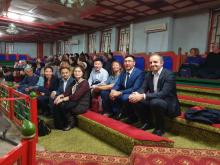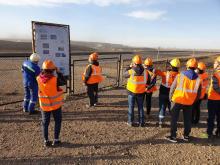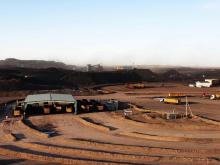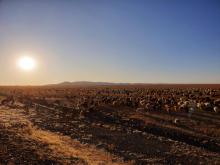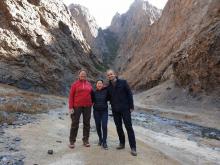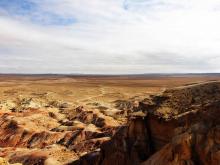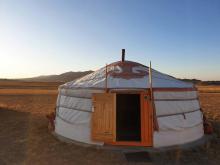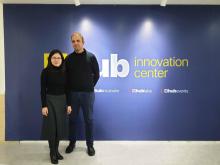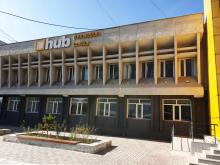From Oct 7-14, 2019, CASIB's head of Bureau Peter Liebelt joined a delegation tour representing Martin Luther University Halle-Wittenberg that included visits to various universities such as the National University of Mongolia (a partner university of MLU) and the Mongolian University of Life Sciences. Both institutions are highly interested in cooperating with the EU and particularly Germany within the framework of international projects.
A pressing field of interest – and at the same time one of the core priorities of CLIENT II – is efficient utilisation of natural resources in the face of the continuously increasing demand for these resources on a global scale. Since April 2019, the three-year CLIENT II joint research project ADRIANA has been investigating the fields of recycling and efficient use of valuable residual material streams in Mongolia. The objective is to employ innovative remote sensing technology in conjunction with the possibilities of 3D deposit modelling in order to harness the valuable material potential of an industrial setting basin for the deposition of residues from copper ore processing in Erdenet, Mongolia. In this context, an excursion to a coal mine in Tavan Tolgoi (southern Mongolia) – with an extension of 30 x 40 km one of the country's largest coking coal mines, whose operators aim for high security and environmental standards – impressionably visualised the current state of development in the region.
The dialogue with Ragchaa Batragchaa, advisor to the the mayor of Ulan Bator (Mongolian: Ulanbataar) and A. Enkhmanlai, head of the Ulanbataar Land Administration Department, brought further information on present developments and challenges regarding urban planning in Mongolia's capital.
A meeting with Jörn Rosenberg, German ambassador to Mongolia, allowed for an exchange about current German project activities besides CLIENT II – for instance, the German-Mongolian Cooperation Project Sustainable Agriculture, funded by the German Federal Ministry of Food and Agriculture – as well as possible areas of intersection with active CLIENT II projects.
To be highlighted in conclusion: the visit to the Mongolian innovation centre SIDA (Science, Industrial Development and Innovation Agency of Ulanbataar City). Through intensified cooperation, existing opportunities for networking and synergies are to be explored to their fullest potential.
- Log in to post comments
